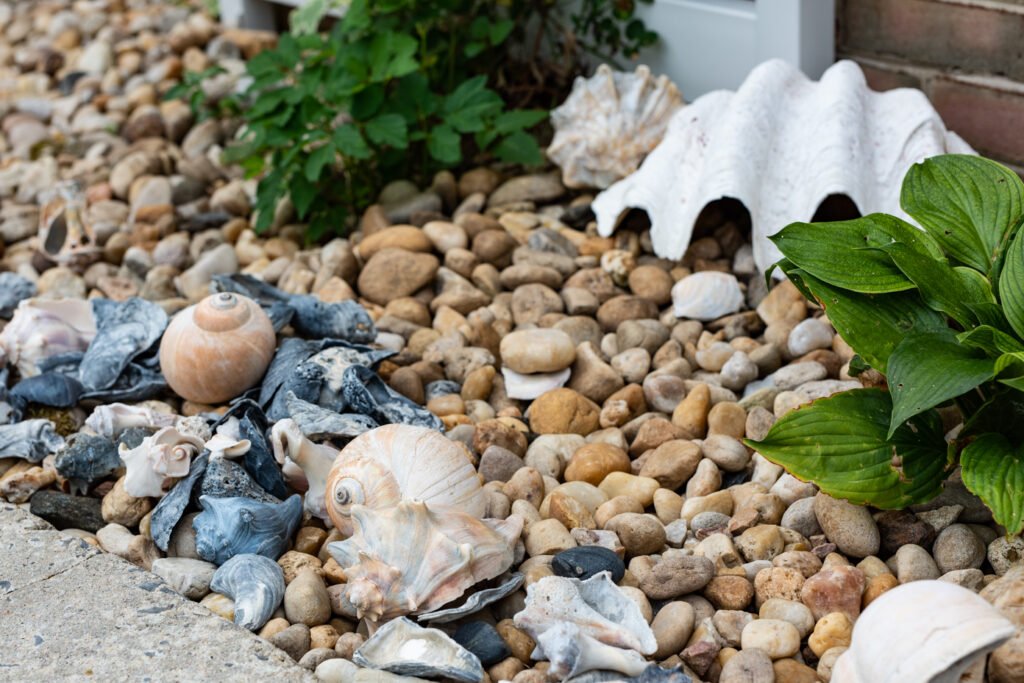Introduction
Using shells for garden decoration and functionality is an age-old practice that blends natural beauty with practical benefits. Garden shells add texture, color, and ecological advantages to outdoor spaces, making them a popular choice among gardeners and landscapers. This article explores how shells can transform your garden, the types of shells best suited for garden use, and practical tips for integrating them effectively.
Why Use Shells for Your Garden?
Shells offer more than aesthetic appeal—they serve multiple purposes in garden design and maintenance:
- Soil Improvement: Crushed shells, especially oyster shells, can improve soil drainage and add essential minerals like calcium.
- Mulching Benefits: Shells act as natural mulch, reducing weed growth and retaining soil moisture.
- Pest Deterrence: Sharp edges of crushed shells can deter slugs and snails, protecting your plants.
- Sustainable and Eco-Friendly: Using recycled shells reduces garden waste and promotes sustainability.
Popular Types of Garden Shells and Their Uses
Oyster Shells
Oyster shells are among the most common garden shells. They crush easily and enrich soil with calcium carbonate, helping to balance pH levels and promote healthy plant growth. Oyster shells are ideal for:
- Amending acidic soils
- Creating pathways and borders
- Mulching around acid-loving plants
Clam and Mussel Shells
These shells are larger and often used whole or crushed for decorative purposes. They add a coastal charm and can be used to:
- Line flower beds
- Decorate garden ponds
- Create natural garden art
Scallop Shells
Scallop shells are prized for their unique ridged appearance. They work well as:
- Decorative accents in container gardens
- Bird feeders or water dishes
- Garden markers
How to Use Shells Effectively in Your Garden
Preparing and Cleaning Shells
Before using shells, clean them thoroughly to remove organic residues. Boiling or baking shells can sanitize them and prevent odors or pests.
Application Techniques
- Mulching: Spread crushed shells 2-3 inches thick around plants to suppress weeds and conserve moisture.
- Pathways: Use larger shells or crushed varieties to create durable, attractive garden paths.
- Soil Amendment: Incorporate crushed shells into the soil to improve texture and provide minerals.
Maintenance Tips
- Refresh shell mulch annually to maintain appearance and effectiveness.
- Avoid using shells in high-salt environments where salt buildup may harm plants.
Expert Insights and Real-World Examples
Research from horticultural experts highlights shells’ benefits in sustainable gardening. For instance, a study published in the Journal of Soil Science found that crushed oyster shells improved soil aeration and increased calcium content, promoting healthier root systems.
Gardeners in coastal regions often use shells sourced from local seafood industries, reducing waste and adding authentic regional character to their gardens. This practice underscores the dual environmental and aesthetic value shells bring.
Conclusion
Shells for gardens provide a unique combination of beauty, functionality, and sustainability. Whether used as mulch, soil amendments, or decorative elements, they enhance garden health and visual appeal. By choosing the right types of shells and applying them thoughtfully, you can create a thriving garden space that reflects natural elegance and ecological mindfulness.
Consider incorporating shells into your garden design this season to enjoy their multiple benefits and timeless charm.
